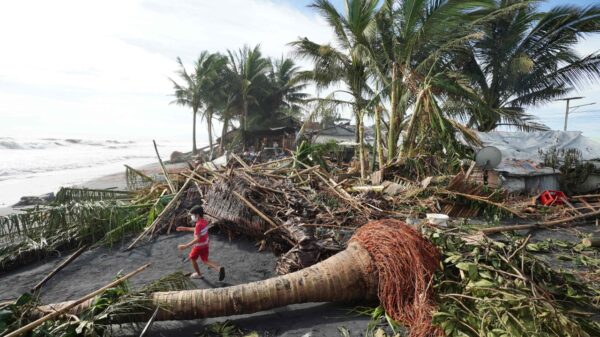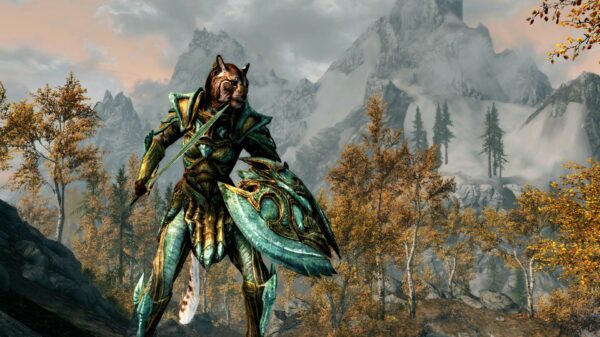URGENT UPDATE: Idaho has just announced a controversial chemical treatment in the Snake River to combat an invasive quagga mussel infestation, spending a staggering $3 million. This unprecedented move, executed just weeks after the mussels were detected in 2023, aims to prevent potential ecological and economic devastation.
The invasive quagga mussels, though microscopic, pose a colossal threat to Idaho’s ecosystem and economy, potentially clogging water pipes and depleting resources for native species. Just two weeks post-detection, state officials flooded the Twin Falls area of the Snake River with over 40,000 pounds of a copper-based poison, a decision that has sparked intense debate among environmentalists and scientists.
According to a recent study from the U.S. Geological Survey, the treatment had devastating consequences: up to 90% of local invertebrates were destroyed, jeopardizing the food chain for future fish populations. Over 7,000 pounds of copper still lingers in the riverbed, raising concerns about its long-term toxicity.
“We understood the terrible gravity of what we had to undertake, but we also know ultimately what’s at stake,” said Chanel Tewalt, Idaho State Department of Agriculture director.
Despite the treatment’s scale, it failed to eradicate the mussels. A year later, officials discovered more quagga mussel larvae, prompting another round of copper application in 2024. The ongoing studies aim to determine the long-term effects of both treatments.
Since 2009, Idaho has been on high alert for quagga mussels, which were introduced to North America in the 1980s. The state has invested heavily in testing waters and inspecting incoming boats to prevent infestations. However, this latest treatment has drawn criticism for its severe collateral damage.
Environmental experts like David Wong, a quagga mussel management researcher, have labeled Idaho’s approach a “failure,” arguing that the lethal effects of the treatments were not worth the outcome. Wong noted that without clear data on adult mussel locations, the treatment’s success was unlikely.
In response, Tewalt defended the necessity of the treatment, emphasizing that without intervention, native organisms would have faced extinction due to the mussels’ aggressive feeding habits. “The treatment versus the long-term infestation — the juice is worth the squeeze on that one,” stated Michael Stephenson, a biologist with Idaho Power.
Officials are now focused on preventing future outbreaks. A network of inspection stations across Idaho serves as the frontline defense against invasive species, with staff working long hours to intercept potential threats. Governor Brad Little warned that a quagga infestation could lead to “hundreds of millions of dollars” in costs, affecting drinking water and agriculture across the state.
As of now, state officials have not detected any new viable quagga mussels in the Snake River since the latest treatments. However, they remain vigilant, as past experiences indicate that mussels can be elusive.
“We fully believe that eradication is possible, or we wouldn’t do this,” Tewalt affirmed, highlighting the ongoing effort to protect Idaho’s vital water resources.
As this situation develops, the impacts of Idaho’s decision will continue to unfold, making it essential for residents and environmental advocates alike to stay informed.








































































